 A few years ago, Jess and I decided to purchase step counters. I’ve always been one to obsess over metrics and track trends over time, so it didn’t surprise me that I started to enjoy counting my steps.
A few years ago, Jess and I decided to purchase step counters. I’ve always been one to obsess over metrics and track trends over time, so it didn’t surprise me that I started to enjoy counting my steps.
But I didn’t expect it to change my behavior so quickly.
We immediately began to host weekly challenges with family and friends, where we would compete with one another on who could get the most steps. The first week I realized how sedentary I was.
It wasn’t even a contest. Jess won by a landslide. By day 3 or 4, it was almost physically impossible to catch up with her for the week. I was that far behind.
I spent the latter half of the first week strategizing how to increase my steps. The second week I was better prepared.
I took extra walks around the office. My lunchtime soon became a walking lunch break. I even volunteered to walk the dog extra times, whereas normally we alternate walks. I did whatever I could to fill my days with extra steps.
At the end of the second week, I discovered that I was only a few steps away from beating her. Jess got ready for bed, and I decided to take the dog for a late-night walk to just pass her in steps for the week.
With her laying in bed, I accumulated enough steps to surpass her and win the weekly challenge. She didn’t realize it until it was too late.
I went to great lengths to win the challenge.
Here’s the funny, but not too surprising, reality: there was no real prize for winning the contest, other than bragging rights. We weren’t gambling or incentivizing the competition in any way. We didn’t even wager the typical back rubs or household chores like we’ve been known to do over the years.
It was just the thrill of the game that motivated both of us, me especially.
Without being conscious of it at the time, the gamification of the step counter completely changed my behaviors within a 7 day period.
The pursuit of financial independence is one that requires a lot of behavioral changes to be successful. Jess and I, while always natural savers, have made a lot of intentional changes to our approach to money in the past year.
Too often the narrative around financial independence focuses on depriving oneself of purchases so that you can increase your savings rate.
It’s as if all you need to do is convince yourself to spend less, be a better person, and focus on the long-term gains. A popular phrase is delayed gratification.
While I agree with the essence of this discourse, it has a gaping hole of HOW.
How do you go about reversing some of the most ingrained habits and behaviors? How do you get back on track with your finances? How do you enjoy the journey, while inching closer to your destination of complete financial freedom?
In my opinion, there’s no better way to help you change your behavior on the journey to financial independence than to leverage gamification.
What is Gamification?
I grew up playing video games. I was a child when some of the most iconic video game consoles (i.e. Nintendo, Super Nintendo, Sega Genesis, Nintendo 64, PlayStation, Xbox, etc.) became popular. This idea of gamification is therefore second nature to me, but it may not be that way for everyone.
As I was outlining this article, even Jess didn’t know what gamification meant.
For those unfamiliar with this term, gamification is the idea of using game elements or concepts in other settings to encourage participation or engagement.
There are many companies that offer products or services with gamification built into their strategy. Let me give you an example.
Popular Game Elements
The step counters that we got were both Garmin devices. While we happen to have experience with Garmin, this is by no means a promotion for this brand. It’s just what I know and there are many other examples out there.
Garmin has created a mobile app with many game elements into it in an attempt to encourage the use of their products. These game elements include:
Progress Bar / Step Counter – Games are well known for having a progress bar or visual item to display progress. Throughout the days and weeks in the Garmin app, I could see how the actions or steps converted to a digital number on the screen. It was extremely motivating to see real-time feedback.
Competition & Leaderboard – Another popular game element is the idea of a leaderboard and/or competition. Many online games also share the concept of a leaderboard, because there’s an ingrained push to be the best at something. While the leaderboard on the Garmin app was not global, it was motivating to see my position on the leaderboard amongst my family and friends.
Badges / Rewards – The Garmin app also has badges for when you achieve some unique accomplishment. It’s a way to indicate a particular action. Just last week I earned a new badge (“Early Riser”) for logging physical activity before 7 am. While the badges have no associated dollar amount in the sense that you could sell these items, there is an undeniable value. Rewards or even points are also very popular in forums, where participants are rewarded with digital points for specific actions.
It’s typical for companies or products to include a few game-like elements in their product design, but not all of them. A few other elements that are popular in gamification strategies include:
Time Pressure – Think of this as a countdown or time required to complete a challenge or objective in the game. This presents a unique challenge and a sense of urgency for the player.
Levels / Progression – Games frequently offer players the ability to advance through a series of levels, or progress throughout a game. Similar to rewards, there’s a real sense of accomplishment, but also a sense of advancement in skills and abilities.
Quests / Challenges – This may be similar to badges, but offering unique challenges for “players” to complete is another technique to encourage participation.
Time-Dependent Rewards – A popular technique in games today is to incentivize players to return to the game every day with a time-based reward. Some games offer points or unique in-game items for those players who log in each and every day.
While this is by no means an exhaustive list of game components that companies and/or developers use to encourage participation, it should give you an idea of HOW people apply the idea of gamification.
To be clear, gamification is not simply the presence of these components, but the strategic use of these game elements in non-game like settings. Simply put, a game is not an example of gamification. The Garmin app and its use of game elements is an example.
Why is Gamification So Important?
Gamification is powerful because it solicits all sorts of emotions and behaviors. It is known to increase creativity, strategic thinking, skill-building, and so much more.
If there’s one common theme in all of the different gamification strategies, it is that they all provide a sense of accomplishment. And that sense of accomplishment has powerful implications.
Gabe Zichermann, in his TED Talk, describes this sense of accomplishment as “intrinsic reinforcement.” He goes on to say in this short clip of his TED talk (below) that this loop of challenge > achievement > pleasure not only makes people more likely to continue to seek out challenges, but it also changes how your brain is wired.
Gamification, therefore, allows one to tap into intrinsic motivation. This, as Zichermann describes, reinforces positive behavior and rewires the brain.
In the context of financial independence, gamification is important because it can help reverse the ingrained consumerism behaviors while simultaneously putting the focus on positive behaviors. In other words, it’s not about what someone gives up in exchange for the pursuit of FI, but the pursuit itself.
Gamification allows you to focus on the excitement of the journey itself. It may seem counter-intuitive, but there is a satisfaction to be discovered in the journey. Believe it or not, I LOVE investing, optimizing my life, and “gaming the system.”
Every time I see the automated investment alert come into my inbox, I’m proud of making our investments grow. Every time I learn a new hack to save me more money, I feel accomplished.
I haven’t convinced myself to endure a painful few years for a distant, future life of freedom. I’ve discovered that there is pure enjoyment in the journey.
That’s why the focus on both the journey and the destination is so important to us as Fioneers. The pursuit of financial independence is at its best when it’s fueled by gamification, not deprivation.
How to Gamify Financial Independence
We are still early on in our journey to financial independence, but we’ve already identified several ways to gamify financial independence.
1. Track Your Progress to FI (Progress Bar)

One of the easiest ways to gamify financial independence is to track our progress along the way. We’re implementing this in a number of ways, including my three favorites:
Tracking our invested assets as a percentage of our FI target. FI is often defined as having anywhere between 25-33 times your annual expenses in invested assets. This allows anyone to safely withdraw 3-4% each year. As our assets grow, we are tracking the progress toward your end goal in a percentage format.
Savings Rate. Another way to track our progress is to keep track of our savings rate. While this is more of an indicator of your financial activity (as opposed to the balance sheet), savings rate directly relates to the time to FI. Our savings rate has been fluctuating between 50-60%.
Time to FI. Last, but certainly not least, we are also tracking the anticipated time until we reach financial independence. With a few data points, we are able to easily calculate with reasonable accuracy the time it will take us to reach FI using the NPER formula.
This formula (as described by Microsoft) is used to determine the length of time to reach a future investment amount with fixed inputs (rate of return, annual contributions, current investments). If you are interested in this formula but you don’t want to set up the formula, you can download our free template by subscribing to our newsletter below.
2. Create self-imposed challenges
Another fantastic way to gamify financial independence is to create challenges for oneself. We did this to help us successfully cut our food expenses in half when we challenged ourselves to spend less than $3.50 per person per meal.
No one forced us to do this, but we knew it was a problem area and this would be a unique way to reduce our spending.
I like to think of this as testing new ways to reduce our spending. I have found that when we embrace these cost-savings strategies as a fun challenge, it no longer becomes about what we are giving up, but about the challenge itself.
3. Learn New Skills
Similar to the last idea, we are also focusing on learning new skills. Society likes to tell us that we should specialize in certain items and pay others for those that we don’t know. But there’s a lot of value in learning new skills.
Jess has been cutting my hair for almost a decade. I’ve also been growing my confidence with various DIY projects. Just last week, I finished replacing and staining the decking on my side porch.

Learning a new skill can include trade skills like these, or even starting a side hustle.
There are three main benefits of learning a new skill. You feel a huge sense of accomplishment, it allows you to test out new hobbies, and it helps you to reduce your spending.
4. Achievement Rewards
Jess and I have started to celebrate both the incremental percentage points to FI, as well as net worth milestones. We are staying motivated by rewarding ourselves along the way.
As our net worth surpasses the next threshold, we celebrate the accomplishment. The journey to FI can be a long journey. I’ve heard from others that it can feel mundane after a while. This approach helps to break up the journey and makes it feel more achievable.
Our celebrations aren’t expensive. They range from a cheap dinner out to a 20-minute conversation about our accomplishment. Celebration does not mean expensive – it means commemorating the moment, and you can do that in your own way.
5. Time-Dependent Rewards
In addition to achievement rewards, we are also adding time-dependent rewards. Because we can’t control the market return, we think it’s important to supplement the achievement rewards with celebrating time milestones on our journey.
We’re fast approaching one year of officially pursuing FI (if you disregard the time when we were fast-tracking FI) so we will celebrate this major accomplishment. We’ll continue to celebrate each year moving forward, and may add in other time intervals over time.
6. Build Up to Advanced Techniques (Levels / Progression)
Just like in games that start with the basics and then progress to more difficult levels from there, we’re taking a similar approach.
We started with the basics. This means we first looked at the 3 big expenses first (Housing, Transportation, and Food). We are currently working on side hustles growing our income, and pursuing our passions. We’re also optimizing smaller items along the way.
We’ll also be jumping into real estate investing and other advanced techniques in the months and years to come. It would feel like too much to do it all at once or to jump right into real estate, so we are building up to it.
7. Create Time Pressure
This last idea is still a work in progress but is popular among the FIRE community. Many of the early Fioneers have set a time-based goal of achieving financial independence. This is a way to push yourself to achieve your goal faster than you would have without the time pressure.
We’re still talking through this one, but we know what our baseline to FI looks like. If I had to guess, I think we’ll focus on the time to location independence because early retirement is not our goal.
Pursuing financial independence is hard work, but that does not mean you should not have fun with it. By embracing several of these techniques to gamify financial independence, you can learn to love the journey just as much as we do. Before you know it, I suspect you’ll find that your interests slowly change over time.
The list of ways to gamify financial independence above is not exhaustive. We’d love to hear your ideas to gamify financial independence. Share your ideas below in the comments.

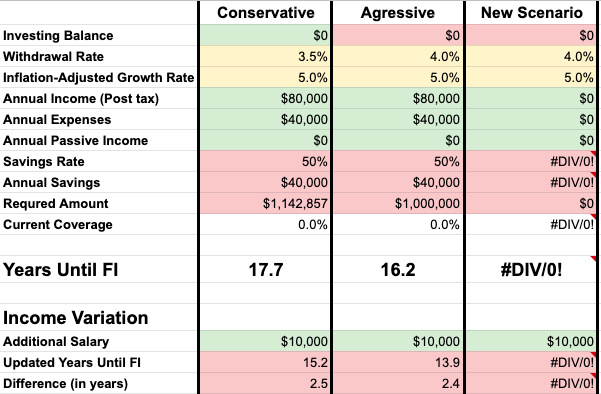

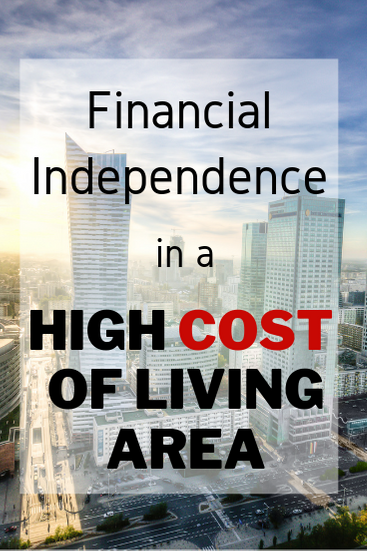
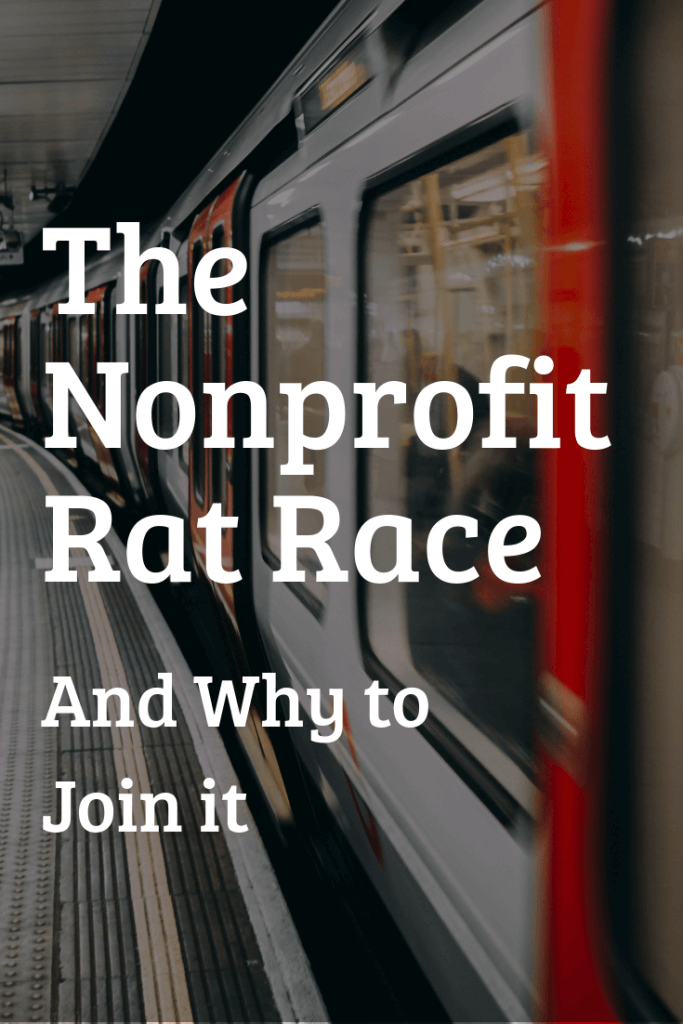

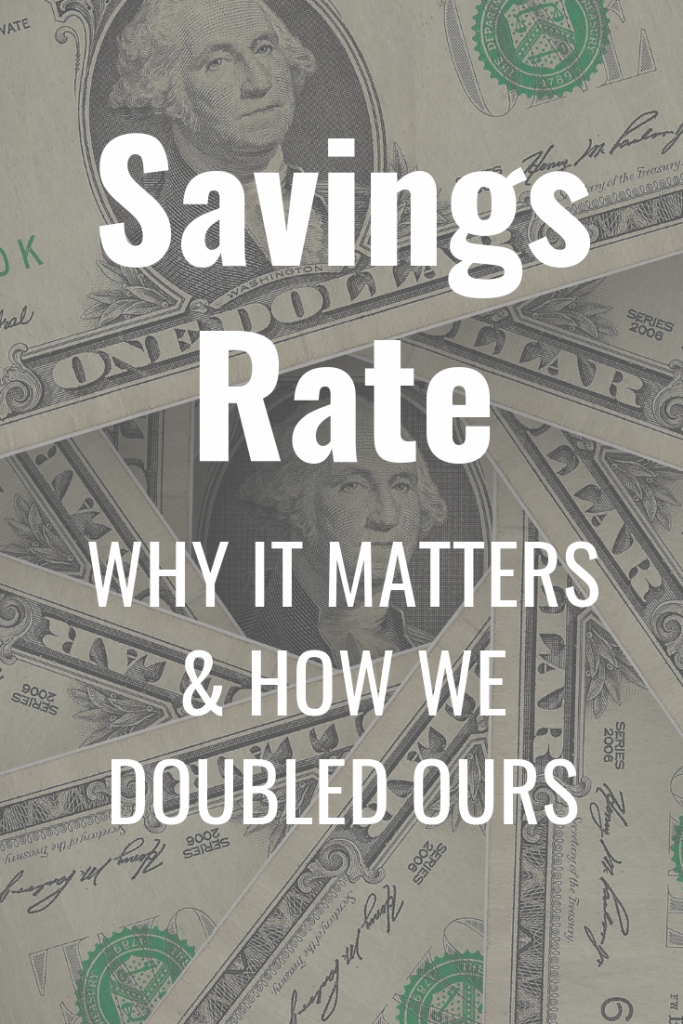

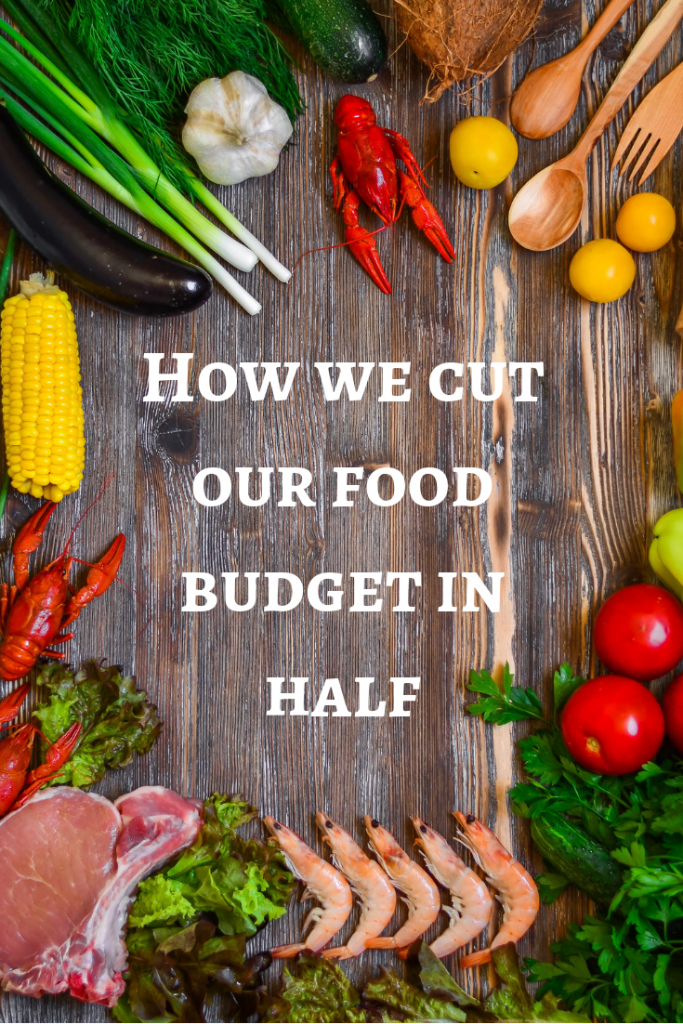


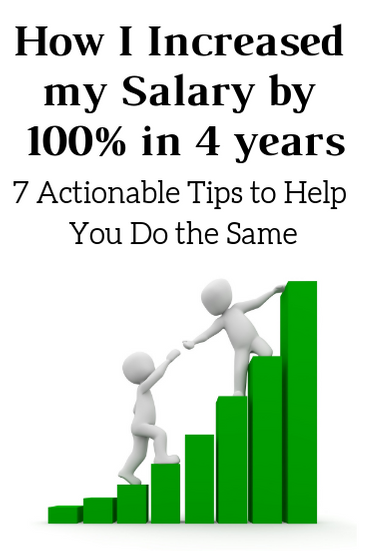
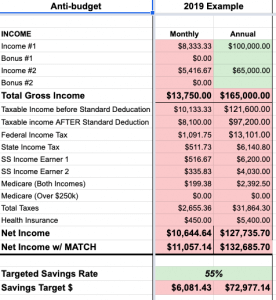

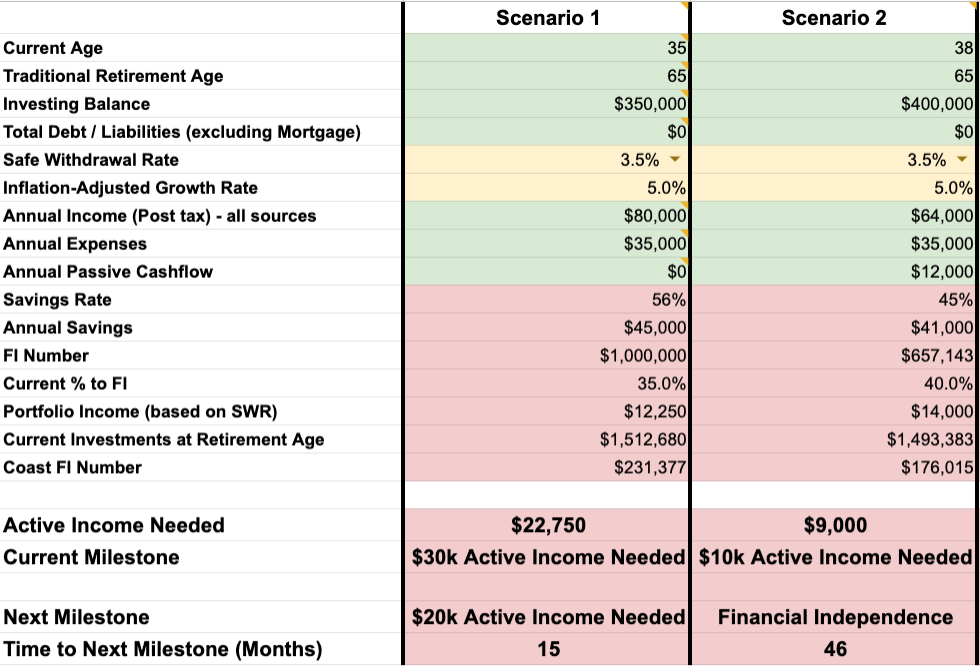
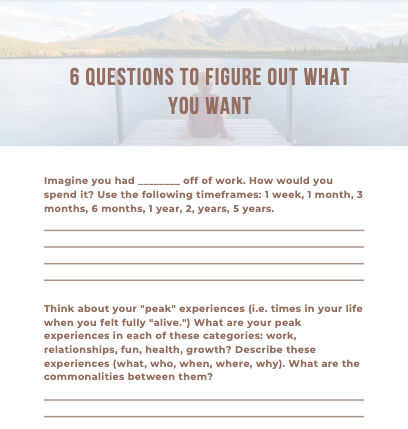
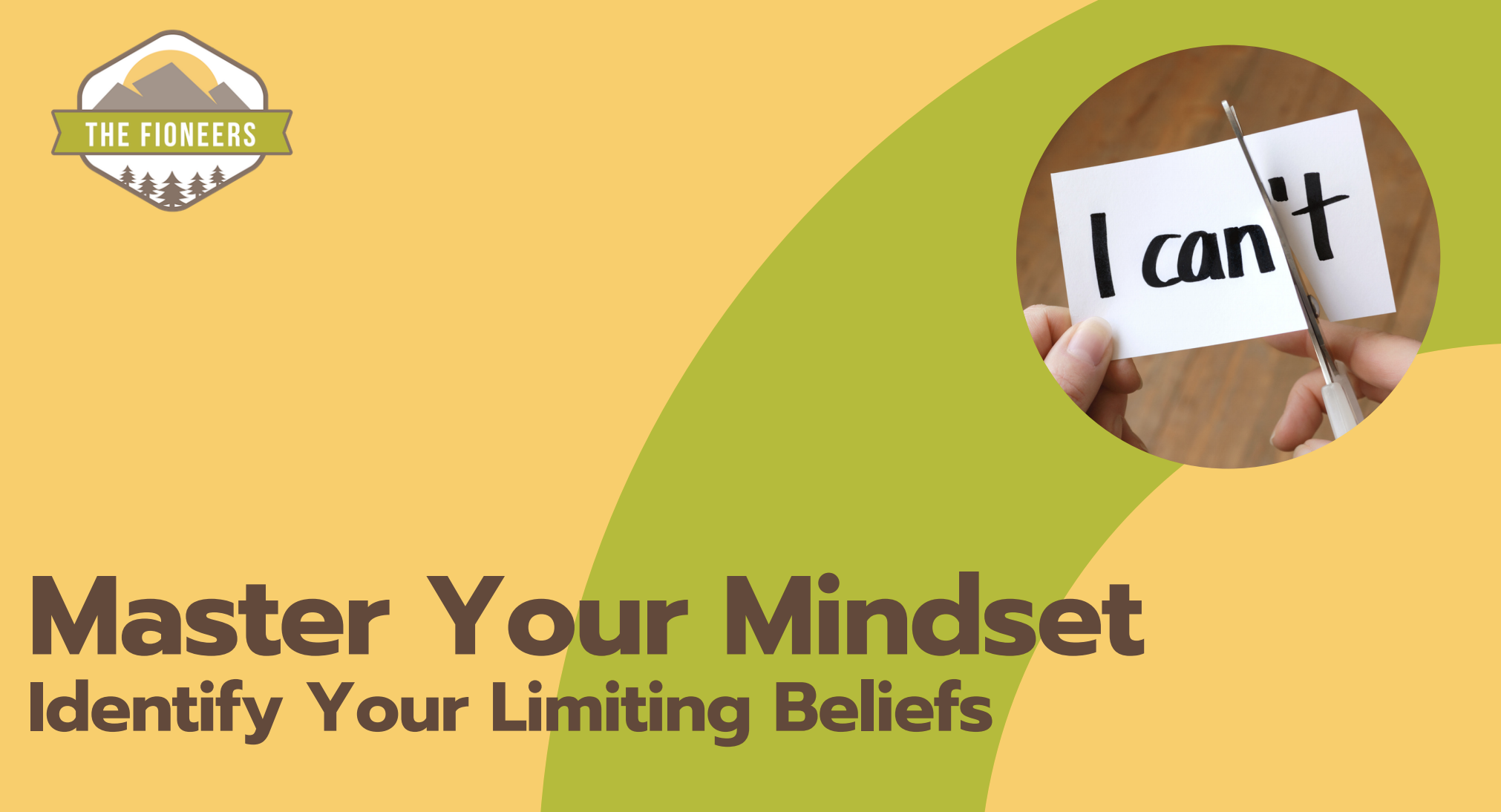
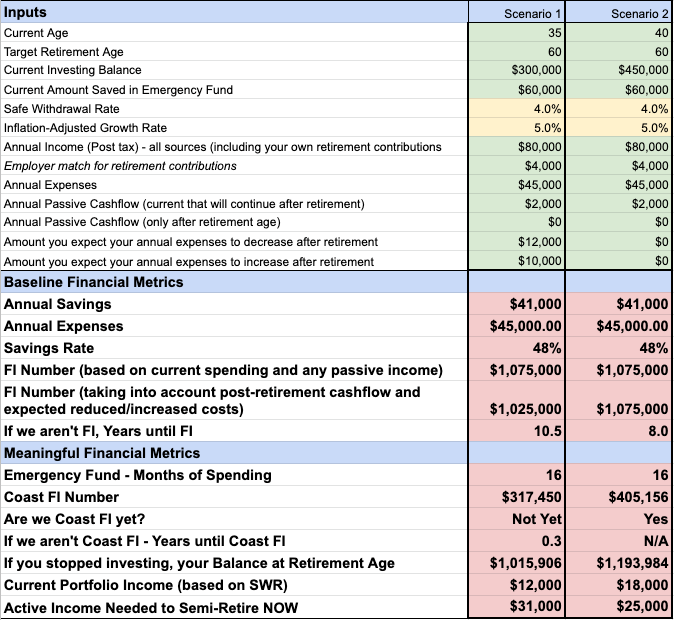
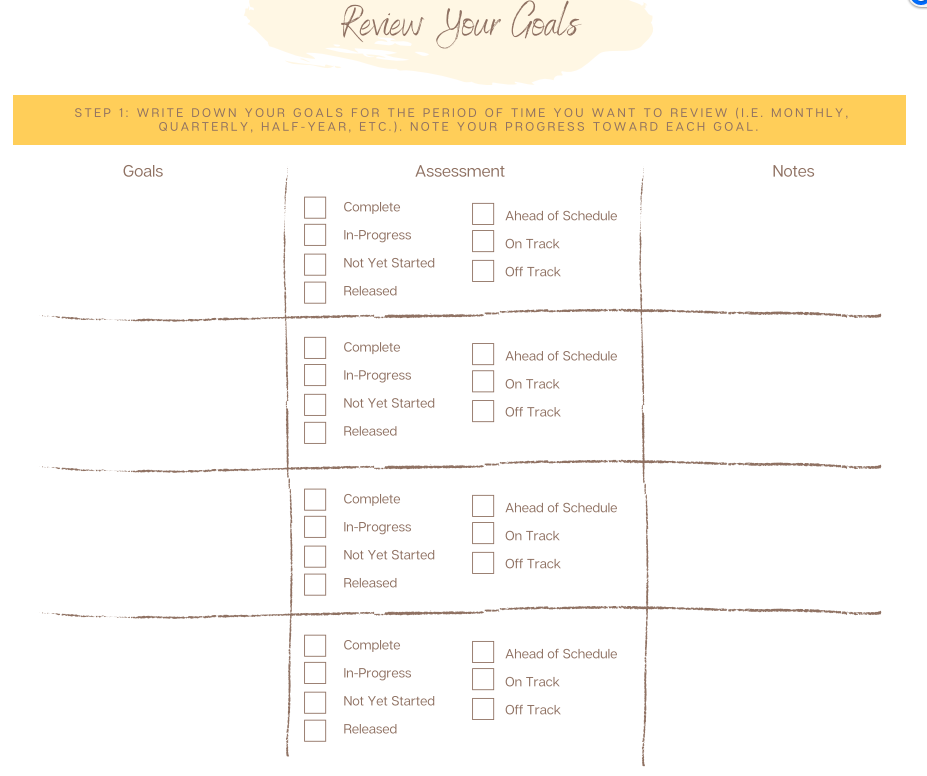
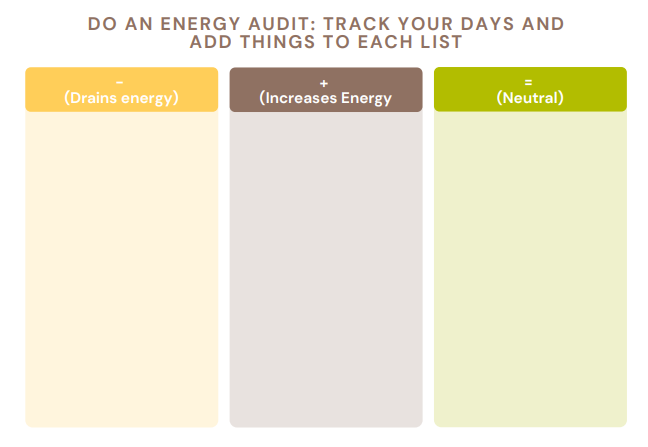
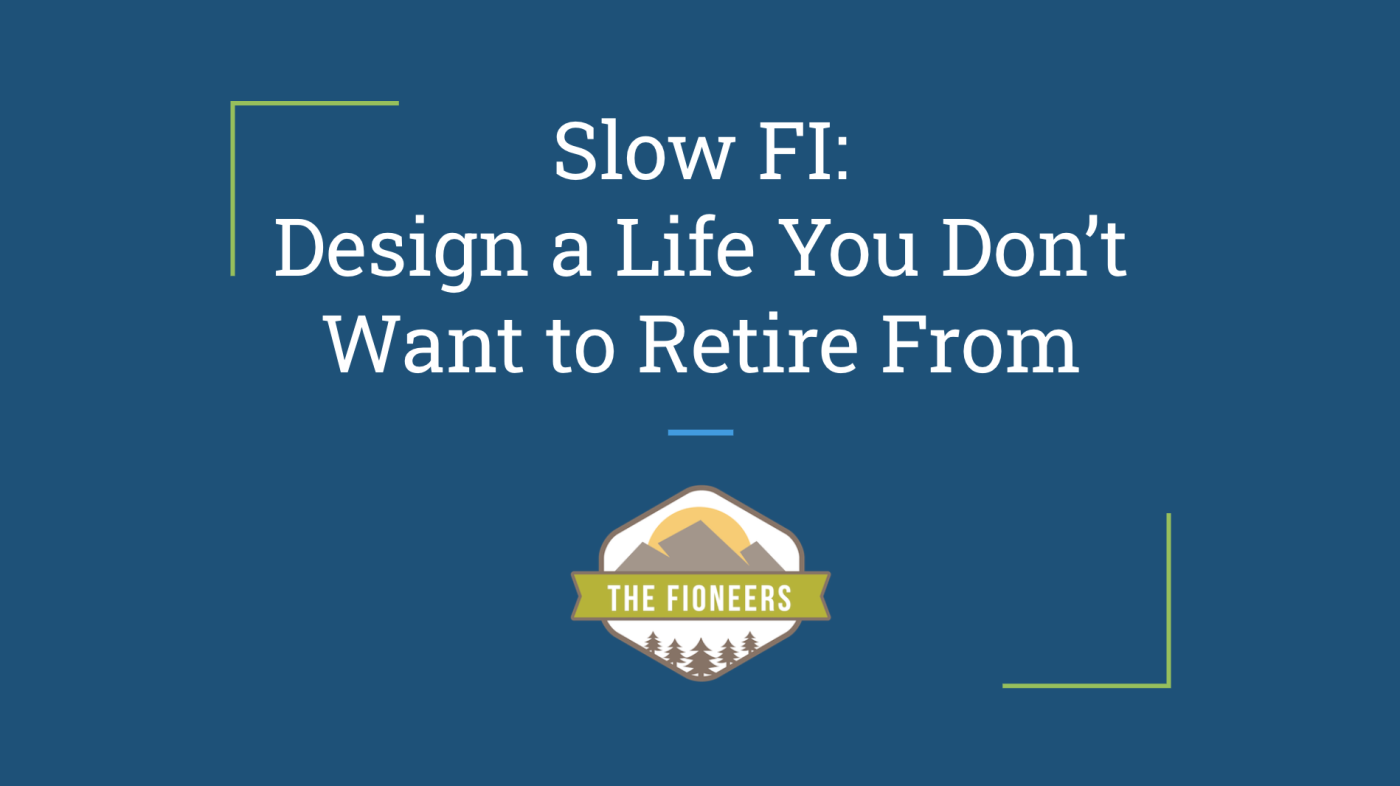
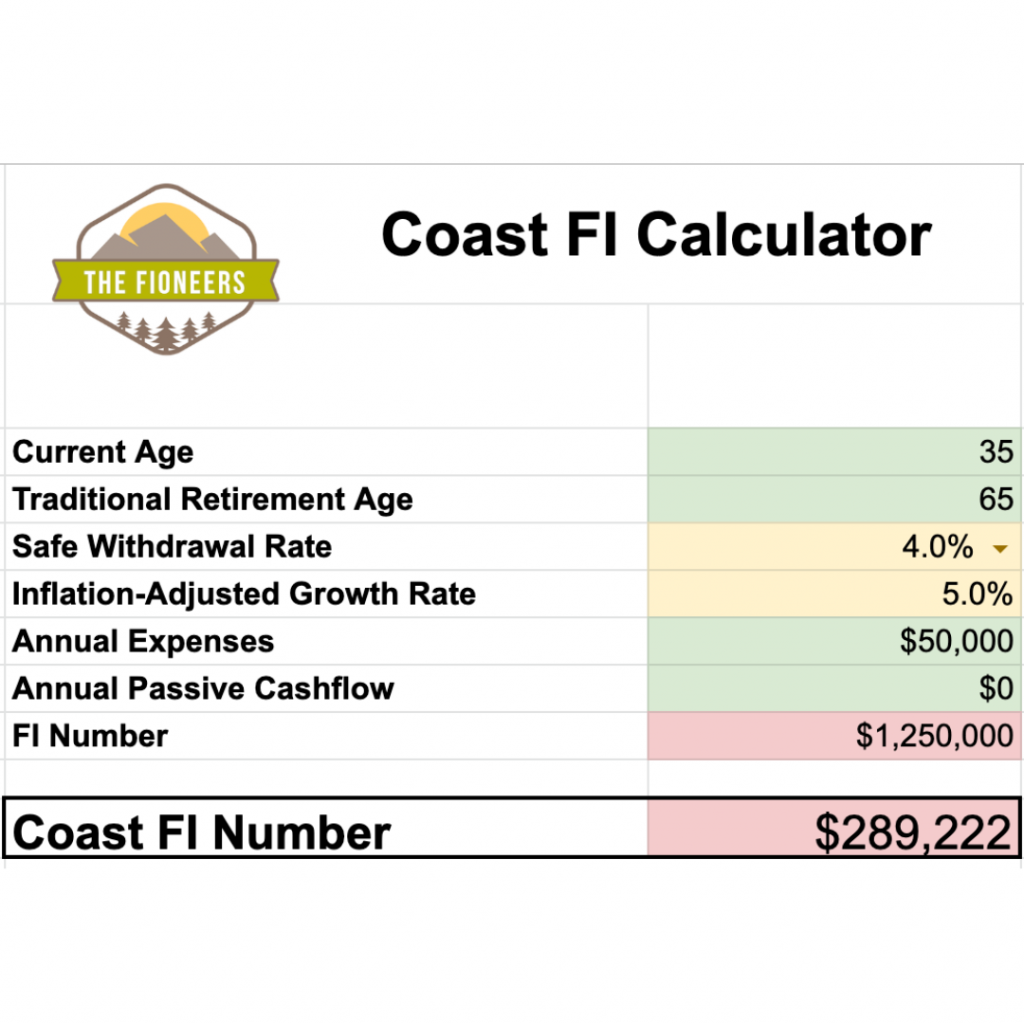



There’s a lot of overlap between gamification and goal setting. I feel like a good strategy is to have some high-level long-termish goals to pursue and then gamify within the short-term via challenges and rewards as you laid out here. The 1st step (Track Your Progress) really resonated with me because I’ve found something as simple as developing a solid awareness of net worth, debt levels, etc. and tracking them over time has been super motivational towards improving my financial situation.
Also – I was cracking up about the late night dog walk to seal the step counter victory. Well done.
Thank you, TallerDollar. I agree that there is a lot of overlap with setting goals and both the drive to achieve the goals and the satisfaction from achieving your goals. I’ve been a huge fan of setting financial goals, and hadn’t thought about that connection when I was writing this. What I like about gamification is that it broadens the scope of the conversation, and goes beyond just what should I do, but how can I enjoy this and reward myself along the way.
And regarding the late night dog walk, you gotta do what you gotta do. 🙂 Haha
As a kid of the most iconic video game consoles era (special love to Super Nintendo), I like everything about this post! Without realizing it, we’ve been gamifiying our trajectory to FI in many ways. It’s been such a motivator for us, and especially for me, to see our progress to FI broken down in various ways. I’ve also focused on various challenges to help us reduce spending in some areas.
Your step counter experience made me think about how I’ve actually been walking/running more lately thanks to PokemonGo lol! It adds extra pleasure to the activity by having challenges & levels to reach. It totally makes sense that gamifying FI would help keep the journey interesting and you’ve encouraged me to continue to implement this in a more conscious way on our journey.
I’m also going to think about how I may be able to implement this in my work to gamify the measurable impact of it, as this seems to be a missing element for me to get more out of my current day job. Thanks for giving me food for thought!
Hi Ms. Mod,
Thanks for sharing! For the entire summer after PokemonGO came out, we were out walking everyday. Sometimes we’d go on group Pokewalks for like 10 miles on a summer day! Definitely a great way to gamify fitness.
I’ll be interested to hear how you can gamify your work! I think I need some ideas to make my day job a bit more interesting too!
Thanks,
Jess
Hi guys,
This post hit close to home as it’s something i’ve been implementing to my FIRE journey lately. Just wantet to let you know.
Thanks! I’m glad that you enjoyed the post.
Best,
Jessica